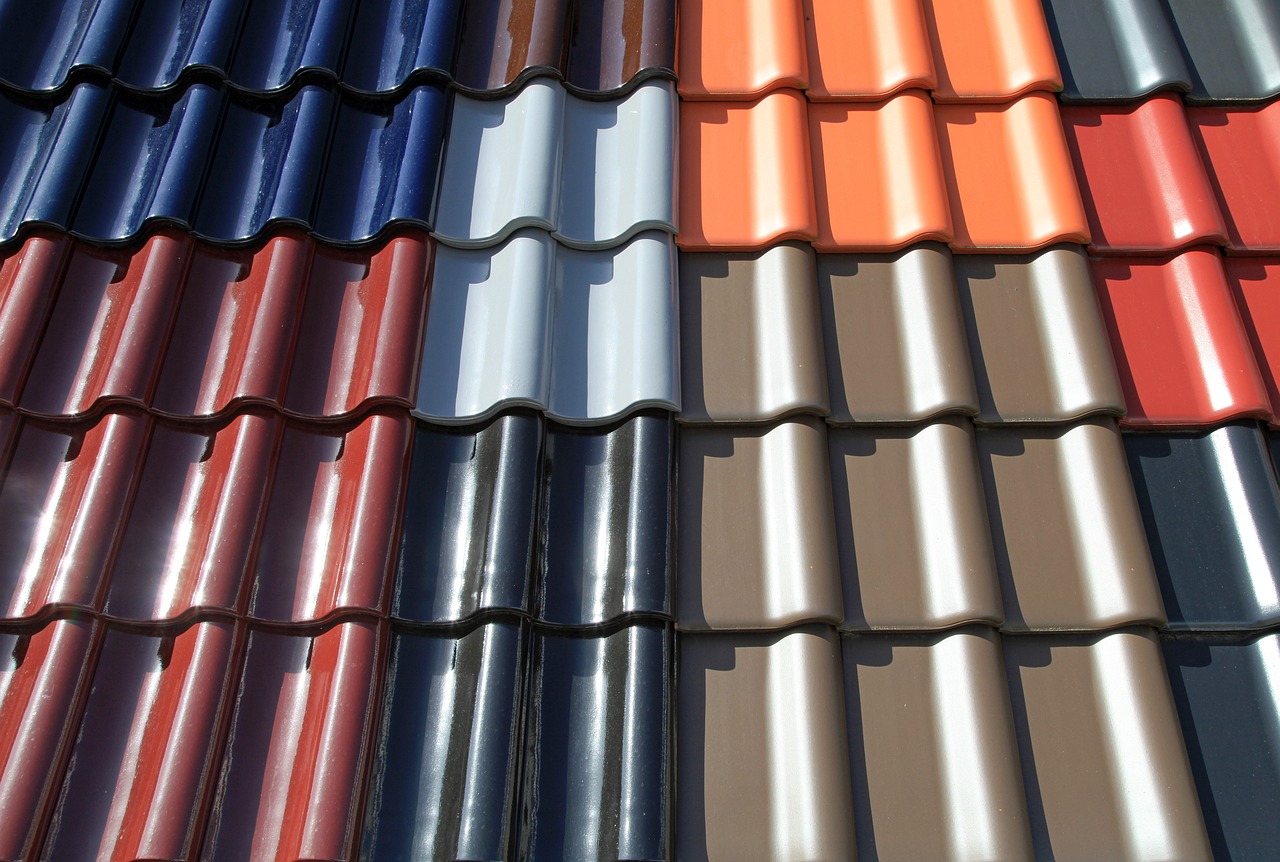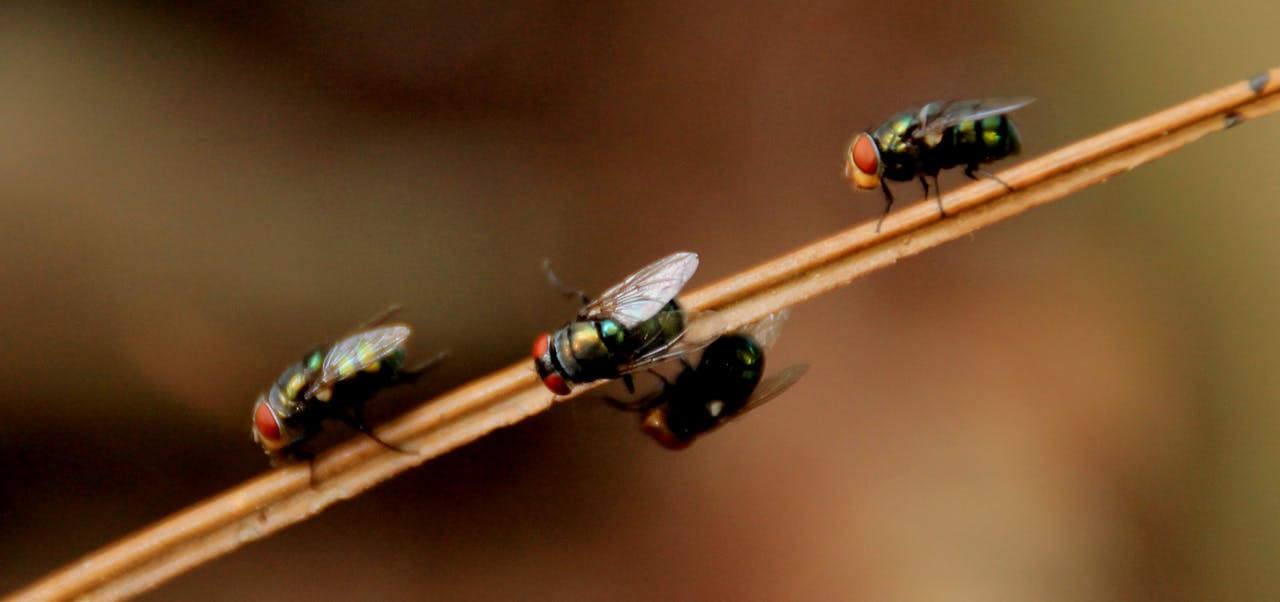Top 8 Most Durable Roofing Materials
Roofing is one of the biggest investments you can make for your home. You want to ensure you choose a material that will stand up against the harsh elements of your environment.
The most durable roofs are those that can withstand heavy rain, snow, and strong winds. They should also be fireproof and able to resist the effects of strong UV rays.
1. Asphalt
Asphalt shingles are the most common roofing materials because they’re affordable and easy to install. They can also withstand high winds, rains and hail, though their lifespan depends on factors like weather damage, shingle thickness, shade and moss growth.
Three-tab and dimensional asphalt shingles can last 7 to 15 years, while architectural shingles will give you up to 30 years under the right conditions. The latter are thicker, more durable shingles that are designed to mimic slate tiles, making them a premium choice.
Metal roofs may feel like a modern roofing solution, but they’ve actually been around since the 1800s. They’re a popular choice today because they’re affordable, low-maintenance and have a long lifespan of up to 80 years.
However, they’re heavy and require a specialized roofing system to support the weight. They’re also prone to rust and must be regularly treated with preservatives. Additionally, they must be properly framed and/or retrofitted to your home to prevent water leaks. This is a significant cost factor to consider. However, metal roofs offer superior durability and insulation.
2. Metal
Metal roofing is a great solution for both residential and commercial projects. It is very durable, resistant to fire and hail, and can last for decades. Metal roofs also reflect thermal temperatures to keep a building cooler. They are also lightweight and can be installed on a wide variety of structures. Steel is one of the most popular options for metal roofing. It resists rust and corrosion for many years, making it a good choice for coastal regions or areas with frequent rainfall and snowfall. It is also a green option because it is highly recyclable.
Aluminum is another commonly used metal roofing material. Its main advantage is that it can be painted to mimic the look of Copper or Zinc roofs for a more affordable cost. Zinc roofs have also gained traction in the roofing industry because they are naturally corrode-resistant, which means that you can avoid costly repairs and replacements. Tin is a less common option, but it can be made into a beautiful roof through galvanizing and painting.
3. Clay or Concrete Tiles
Among all roofing materials, clay and concrete roof tiles are rated at the top in terms of longevity. They can withstand all kinds of weather extremes, including strong winds and hot temperatures. Clay and concrete tiles are also fire resistant. In addition, these types of roofing are able to absorb more heat than others and release it in the evening, reducing your cooling costs.
They have been used all over the world for centuries, from baking-hot Middle Eastern and Mediterranean climates to snowy northern Europe. They are more expensive than other roofing types, but the long-term investment is well worth it.
These roofing materials are molded and fired, similar to how pottery is made. Unlike shingles, which have an uneven appearance and must be replaced frequently, tile roofing is durable, with some brands having lifespans of up to 150 years. They are also able to endure heavy rains and hail. However, they are prone to cracking and shattering under excessive freeze-and-thaw cycles. Fortunately, it is possible to repair damaged tiles and prevent further damage.
4. Wood
There is no better way to protect your home from the elements than with a solid and sturdy roof. It is arguably the most important part of your entire house. It’s your first line of defense against the weather and it’s also a key element to enhancing curb appeal.
Wood is a durable choice that pairs beautifully with traditional or historic style homes. It can withstand many types of weather conditions and last up to 50 years with proper care. Pine is a cost-effective option for homeowners, while cedar offers superior durability and resistance to rot. It is also available in a wide variety of styles and colors.
According to dayton roofers, the most popular wooden roofing options include wood shingles and shakes, and wood panel or OSB (oriented strand board). Regardless of which type you choose, you’ll want to make sure your wood is treated with fire retardants and chemical preservatives to help ensure its longevity.

5. Clay Tiles
Since ancient times, people have been using clay tile roofs to protect their homes. Clay roof tiles are incredibly durable and offer a lifespan of up to 100 years or more when properly maintained. Their durability also allows them to resist fire, impact, and rot.
Clay tile roofing is a popular choice for residential homes in the Southeastern United States, as it performs well in the hot and humid climates of this region. It’s also a good option for homeowners who want to achieve a more rustic, natural look with their roof.
Clay, concrete, and slate tile roofs are aesthetically pleasing and add to the curb appeal of any home. However, they aren’t suitable for all homes due to their weight and installation costs. Slate roofs are especially heavy and need to be specially framed or retrofitted to ensure your home is strong enough to support them. This can be a time-consuming and expensive process. Additionally, slate roofs aren’t suitable for most areas of the country due to their climatic conditions.
6. Rubberized Membrane Roofing
A rubberized membrane is a flat roof system that prevents leaks and moves water efficiently. It also protects the structure underneath from rot and is up to 3 times more puncture-proof than asphalt and gravel systems. The best choice is a thicker option like 90 or 60 mil EPDM rubber with internal fleece reinforcement. It also offers UV protection, pest, mildew, and wind resistance.
There are a few different kinds of rubberized membranes available, and the right one depends on where the roof is located. EPDM (ethylene propylene diene monomer) is a synthetic black rubber membrane that’s most commonly used on commercial structures, but it can also be installed on residential properties. This is because it’s durable and affordable and doesn’t require a lot of maintenance.
PVC (polyvinyl chloride) is an alternative to EPDM that’s more expensive but offers superior puncture-proof qualities. Another choice is TPO, a white membrane that reflects the sun’s rays and keeps rooms cooler, but it’s fairly new and we don’t know about its lifespan. It’s a good choice for flat or low-sloped roofs that aren’t over living spaces.
7. Rolled Roofing
Rolled roofing comes in long sheets that are easily rolled out over the roof and adhered to sheathing or waterproofing felt. The material is available at any home improvement store, and can be made out of different materials, including rubber, polymers, or asphalt. It is budget-friendly and relatively easy to install. It is usually used on non occupied structures like sheds, outdoor roof structures, and other outbuildings or on low-pitch roofs.
Metal roofs are another durable option that last 30 years or more, but their durability largely depends on the Kynar 500 finish on the panels. This finish protects the metal from corrosion and other damage caused by weather and other factors.
Clay tiles are a very beautiful option for a roof, but they are heavy and add a lot of extra weight to the structure of a house. They also require a lot of maintenance and can be difficult to work on. However, many composite shingle manufacturers offer products that mimic the look of slate tiles for those looking for an attractive, class A fire resistant roof.
8. Plastic Polymer
There are a wide range of roofing solutions that marry form with function in the construction and architecture industries. Choosing the best roofing material for your structure can be tricky and requires an intimate knowledge of what you’re looking for in terms of longevity, cost, insulation, energy efficiency, property value and aesthetic appeal.
Plastic polymer shingles are made of a variety of recycled plastic materials and are fully recyclable themselves at the end of their lifespans (expected to be 35 years or more). This is great for the ecosystem as discarded roofs will not wind up dumped in landfills.
They are also resistant to mold, mildew and fungus and can be walked on without damage. They can be easily cut using wood saws and installed using pneumatic gun nailers. They are also light in weight and do not require a roof support system to be reinforced like slate tile does. However, the colors on these shingles may fade over time. A recent technology is available that allows plastic shingles to recover from impact damage by using thermal cycling, similar to how an iPhone screen heals.
